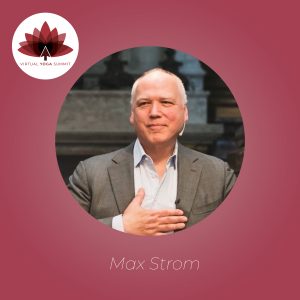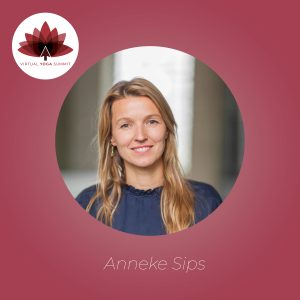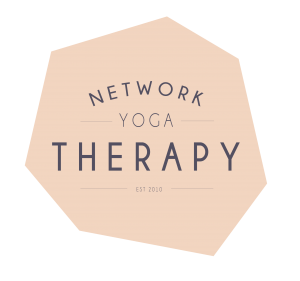
Supportive Teaching for People with Developmental Trauma in the Yoga Class
This article is adapted from The Yoga Teacher Mentor: A Reflective Guide to Holding Spaces, Maintaining Boundaries, and Creating Inclusive Classes, which will be published by Singing Dragon in January 2019.
Developmental trauma (also known as complex trauma) is more common than is generally assumed and often undisclosed at yoga classes, even where it’s asked about on student intake forms. Most often, you will gradually become aware of the signs of developmental trauma through observing how your student is (or isn’t) in their body, the kinds of connection they are able to make and sustain with you as teacher, and how they relate to the group at large.
Developmental trauma generally begins very early in life, sometimes before birth and often prior to the development of language and cognitive thought, and is a response to childhood experiences such as neglect, abandonment, and/or physical or sexual abuse. The severity of the consequent trauma response depends to a large extent upon whether any trustworthy and caring adult – teacher, grandparent, older sibling, foster-parent – was available to the child. Recovery is generally much harder for those with whom no one formed a genuine, altruistic and nurturing bond.
Successfully resolving developmental trauma is a slow and challenging process, but it is possible, given appropriate forms of therapy (these are different from the types of therapy useful for working with PTSD or one-off trauma). Without therapeutic intervention, the effects of developmental trauma usually persevere into adulthood, profoundly affecting the person’s physical and mental well-being, cognition, capacity for meaningful relationship, and ability to live in and from their present-moment embodied experience. Continue reading →
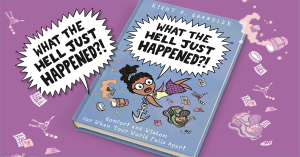 During these troubling times, our mental health remains just as key as our physical well-being. Therefore, Singing Dragon is pleased to share the full contents of the latest book by Richy K. Chandler: What the Hell Just Happened?! – Comfort and Wisdom for When Your World Falls Apart.
During these troubling times, our mental health remains just as key as our physical well-being. Therefore, Singing Dragon is pleased to share the full contents of the latest book by Richy K. Chandler: What the Hell Just Happened?! – Comfort and Wisdom for When Your World Falls Apart.
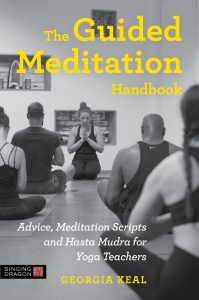
 Beth has over four decades’ experience in utilizing yoga as a healing modality, plus the highest certification in the field. Her book,
Beth has over four decades’ experience in utilizing yoga as a healing modality, plus the highest certification in the field. Her book, 
 Charlotte Watts is a Senior Yoga Teacher and Teacher Trainer (with Yoga Alliance Professionals) and has been teaching since 2010. She is also the author of
Charlotte Watts is a Senior Yoga Teacher and Teacher Trainer (with Yoga Alliance Professionals) and has been teaching since 2010. She is also the author of 
 This extract was adapted for the Virtual Yoga Summit from
This extract was adapted for the Virtual Yoga Summit from  Author, yoga teacher and psychotherapist Lisa Sanfillippo has been teaching yoga for over 20 years, and now teaches at London’s premier studios, triyoga and the Life Centre. She runs yoga for sleep workshops around the world. Lisa’s work has been featured by various newspapers and magazines, and she has helped hundreds of people through her yoga for sleep workshops. She is regarded as the UK’s leading yoga for insomnia expert.
Author, yoga teacher and psychotherapist Lisa Sanfillippo has been teaching yoga for over 20 years, and now teaches at London’s premier studios, triyoga and the Life Centre. She runs yoga for sleep workshops around the world. Lisa’s work has been featured by various newspapers and magazines, and she has helped hundreds of people through her yoga for sleep workshops. She is regarded as the UK’s leading yoga for insomnia expert.

